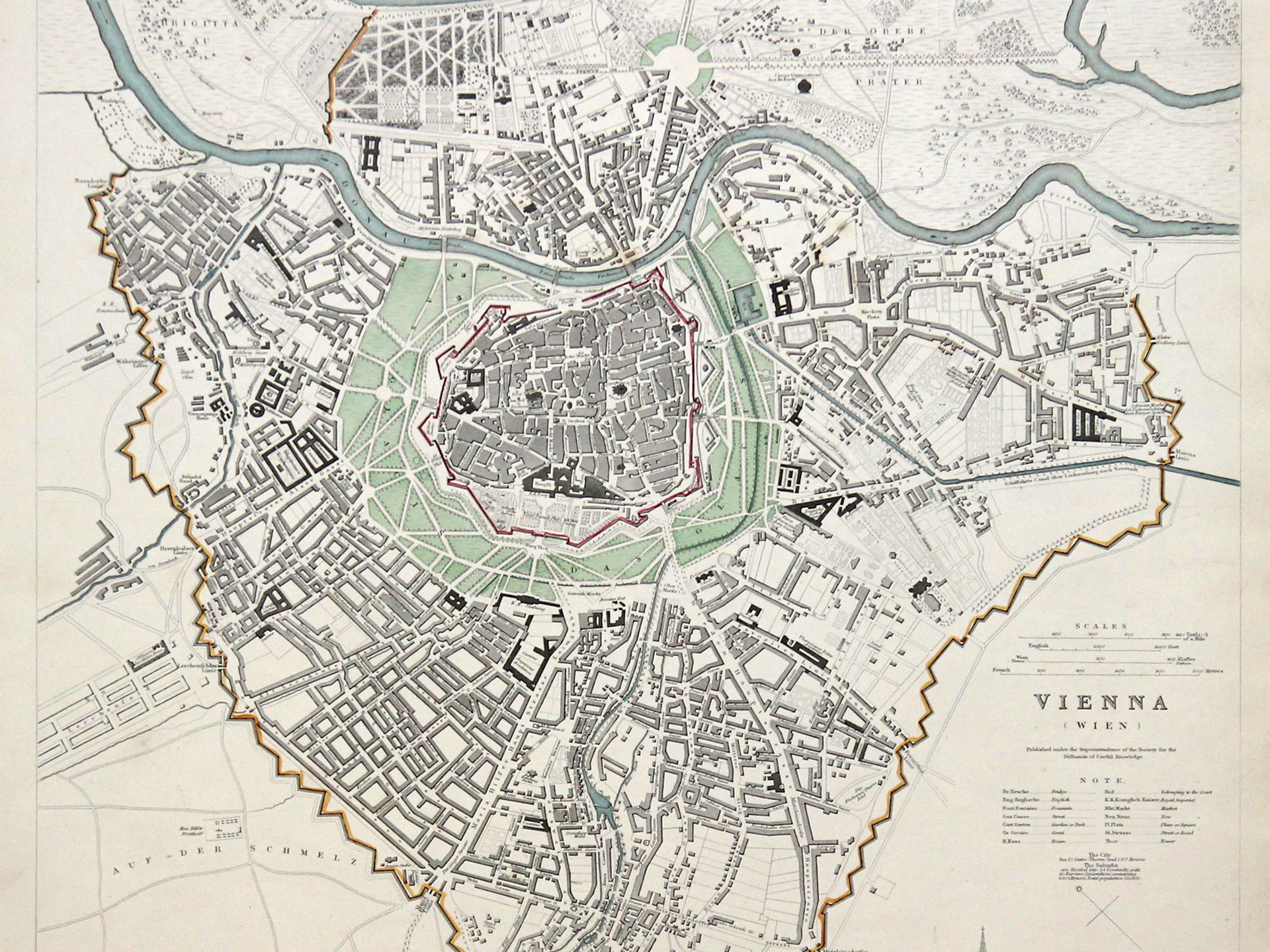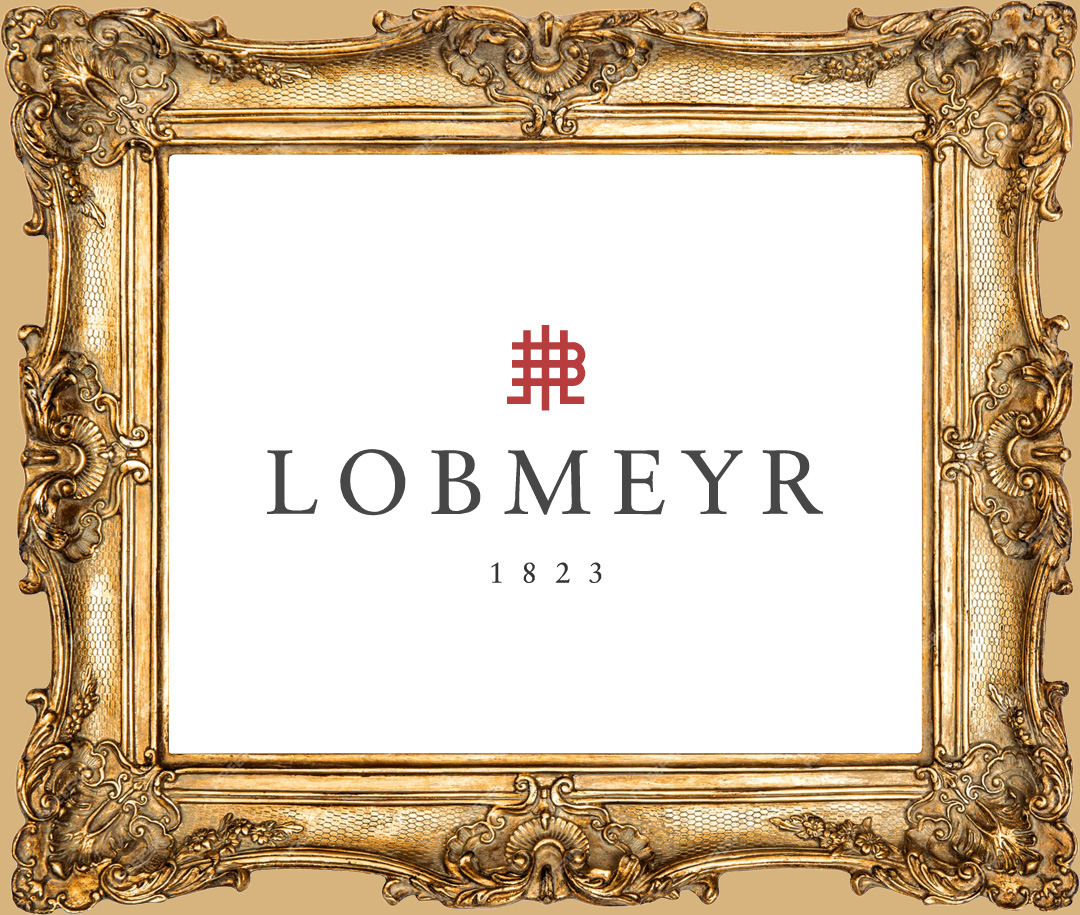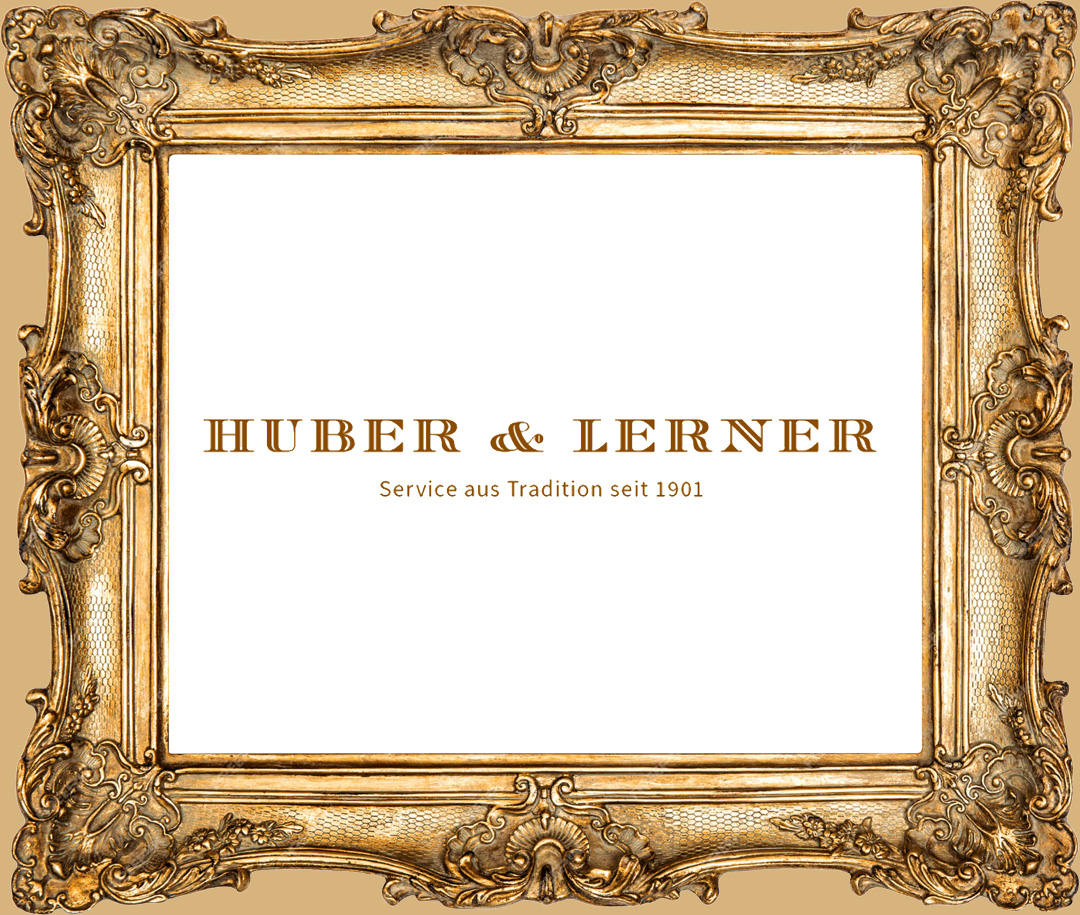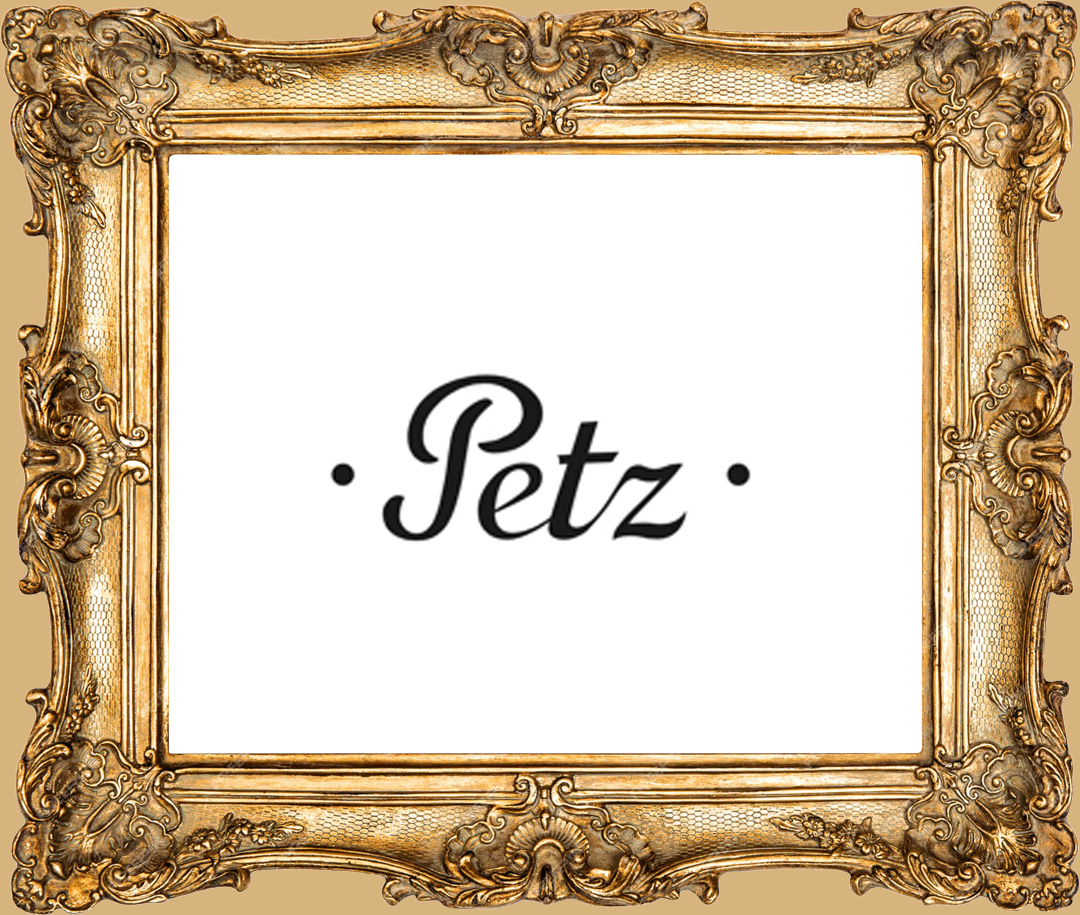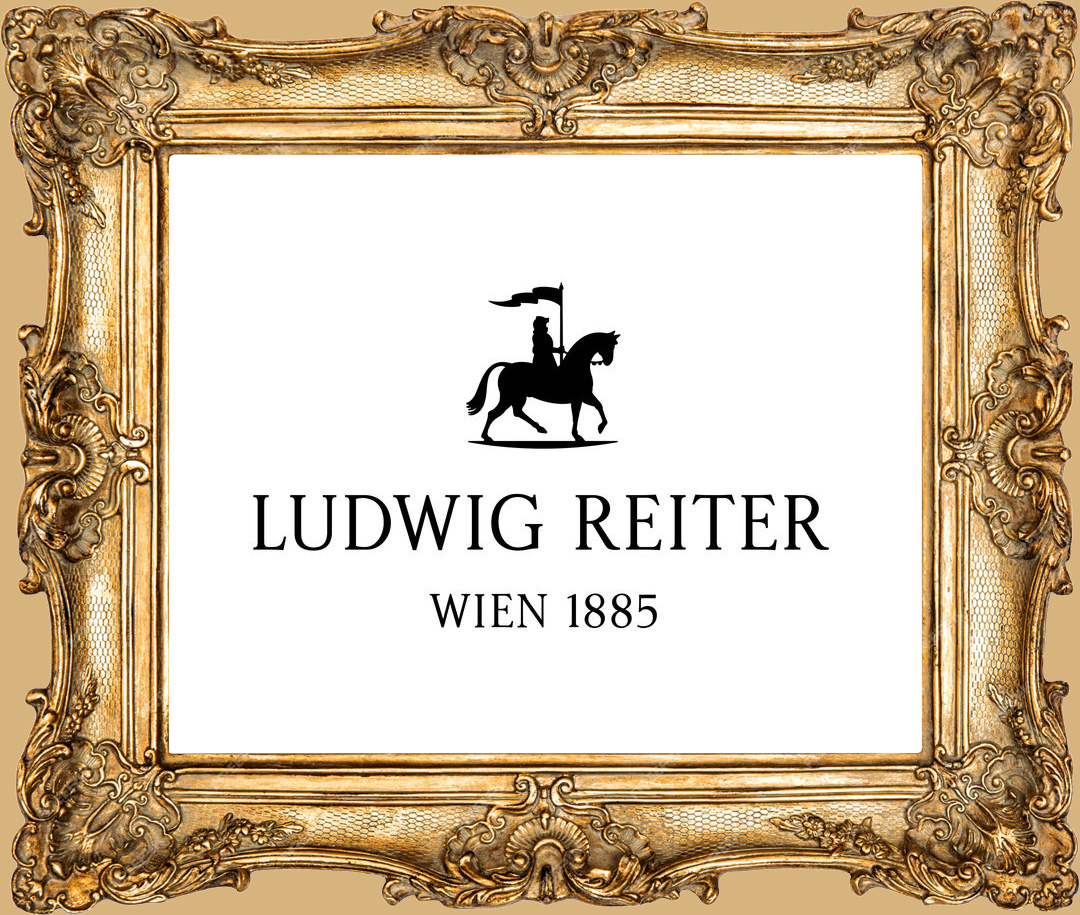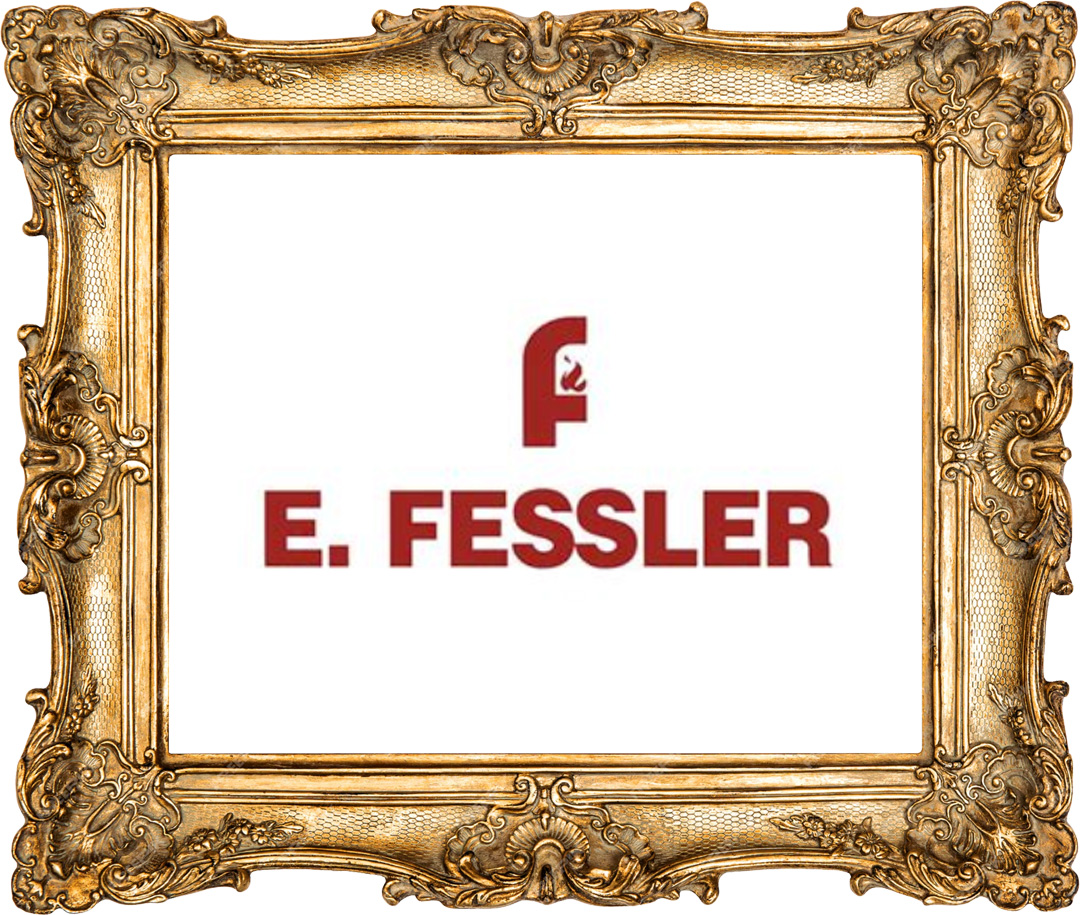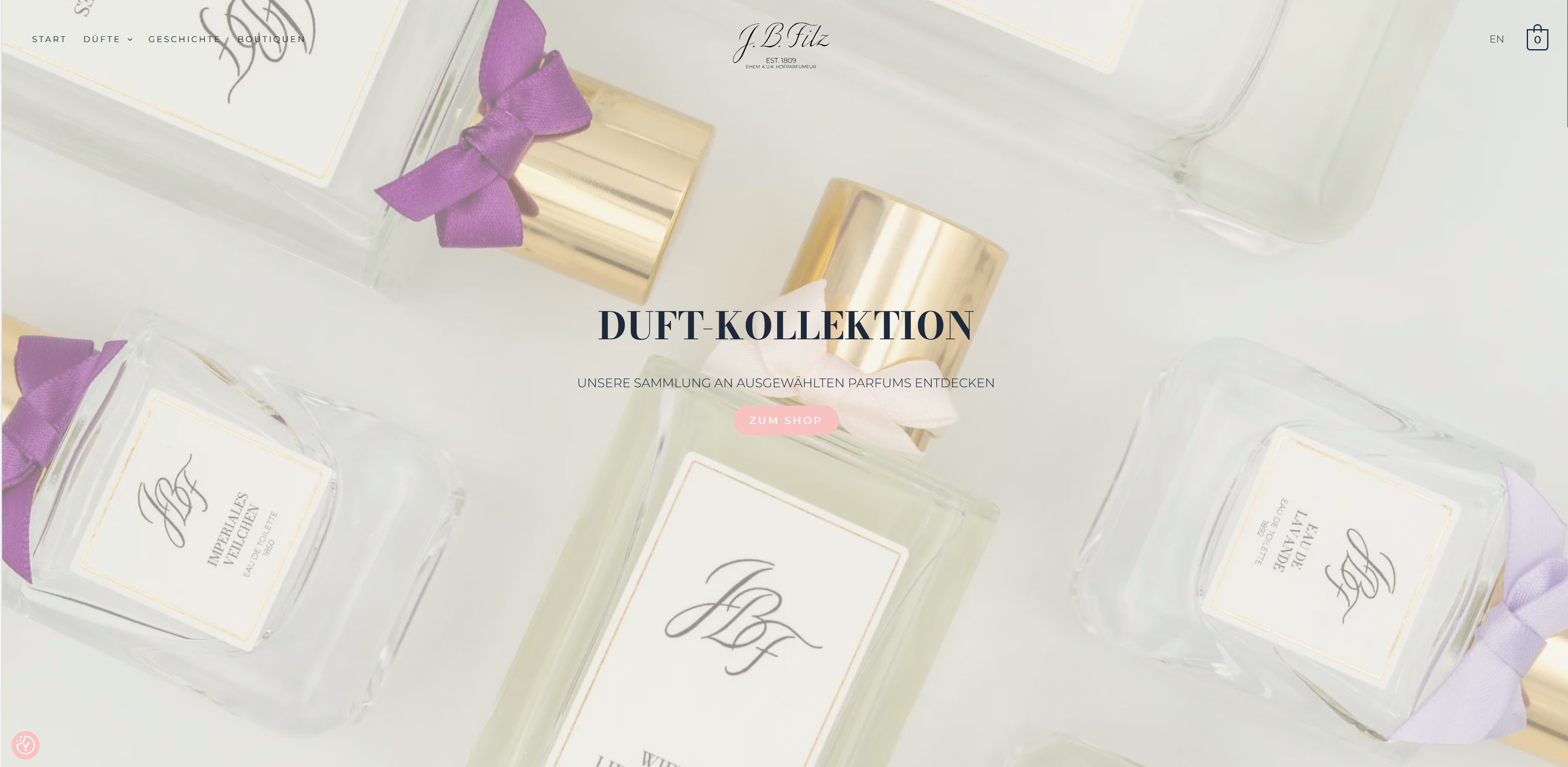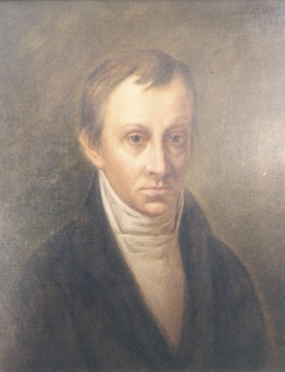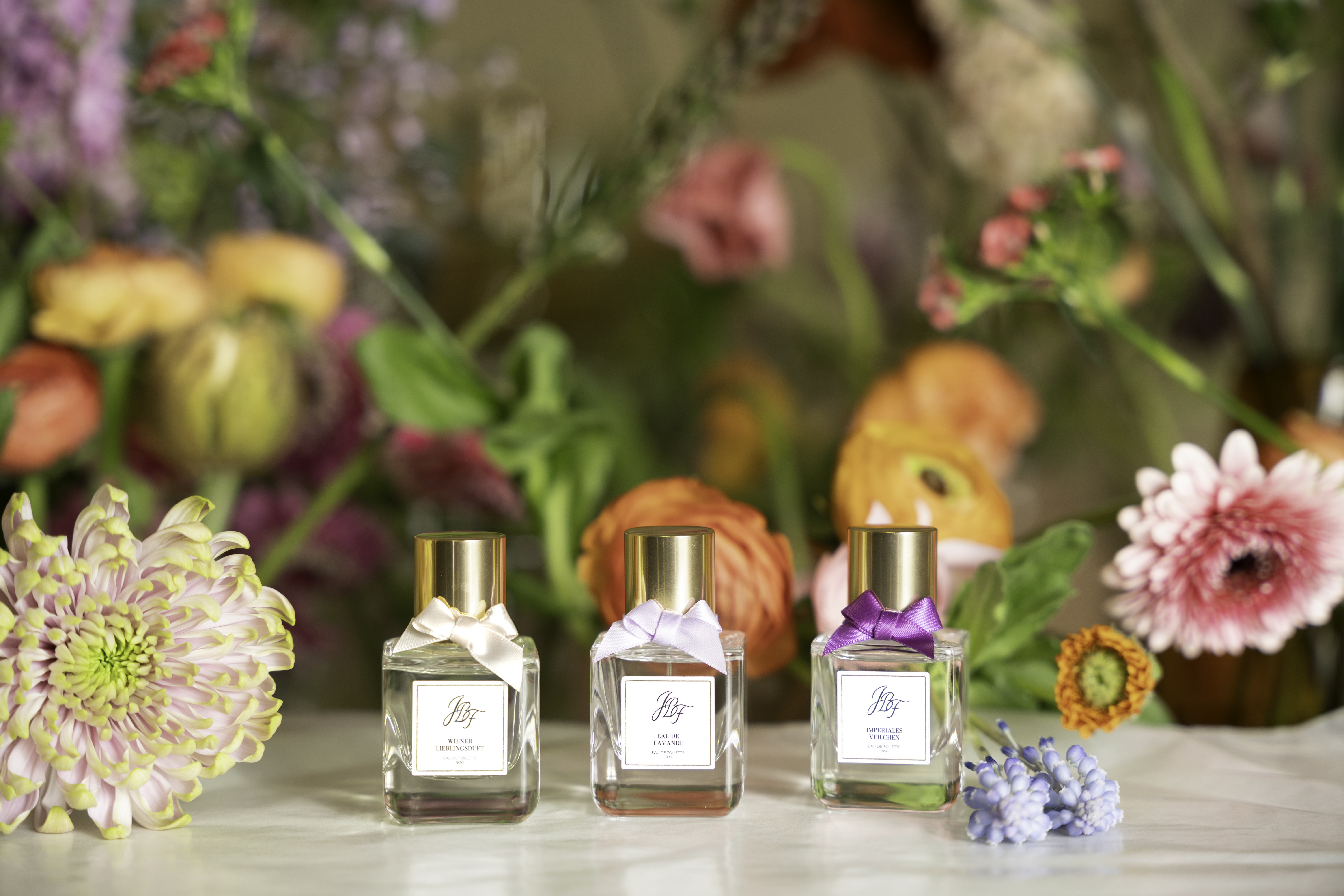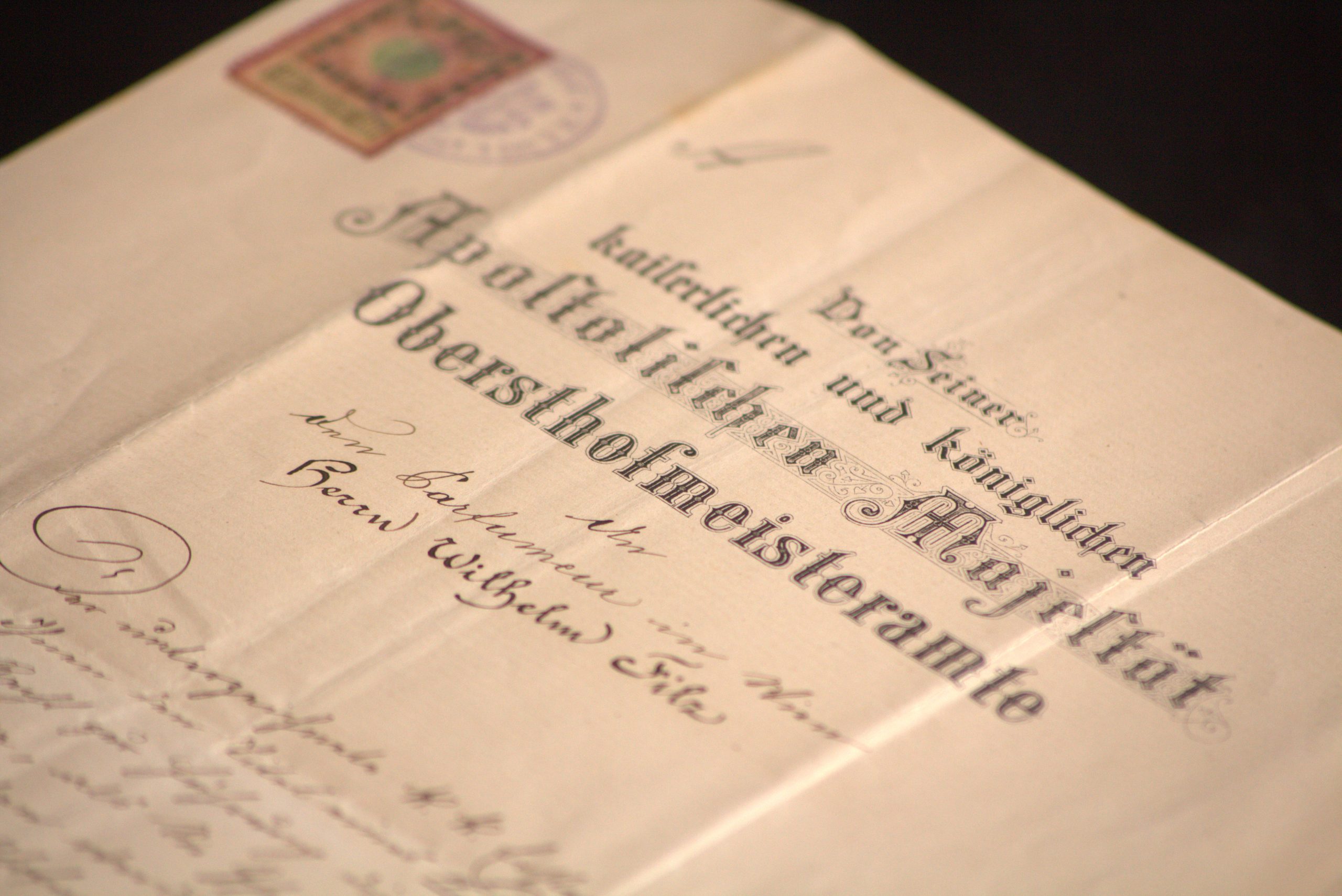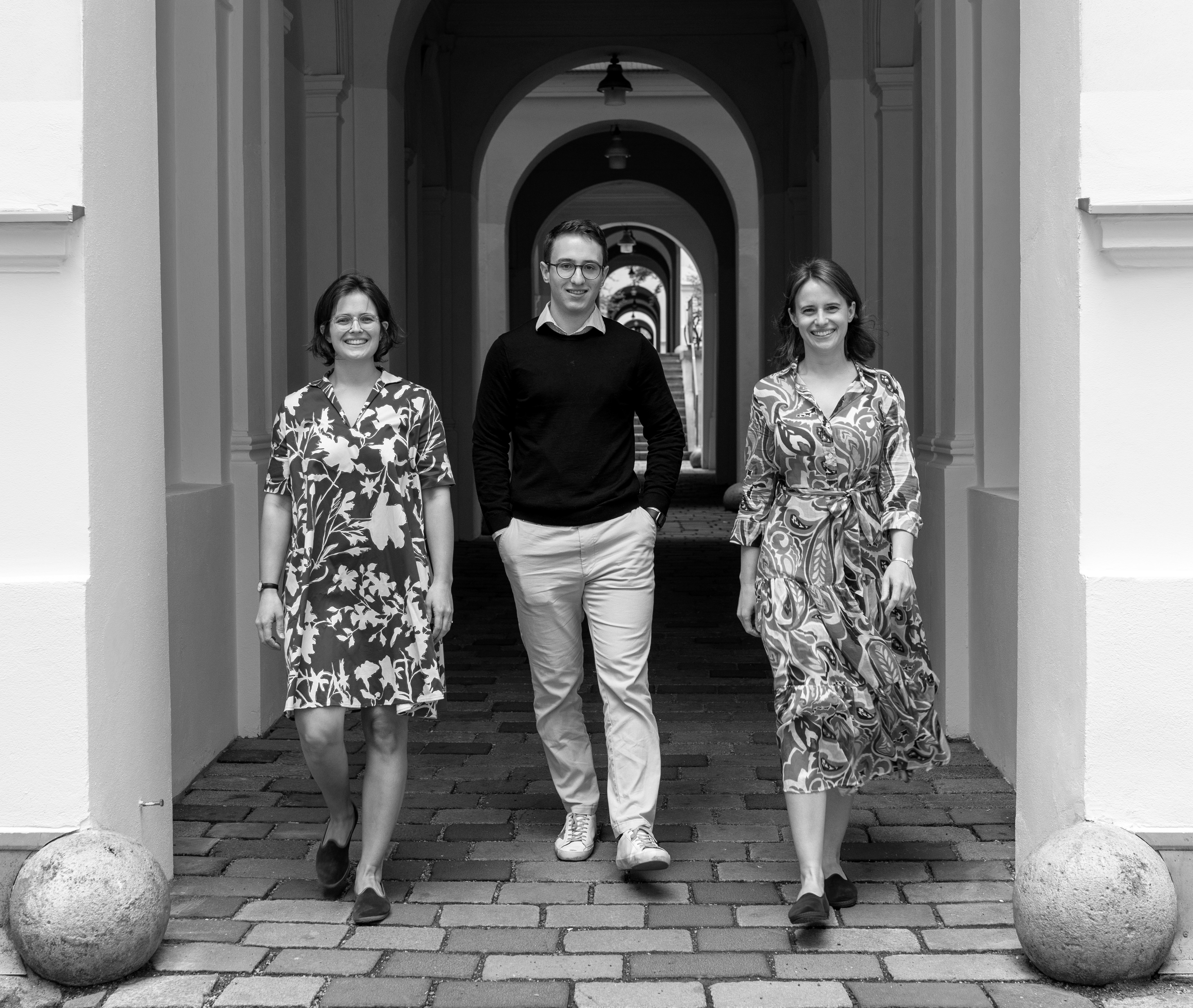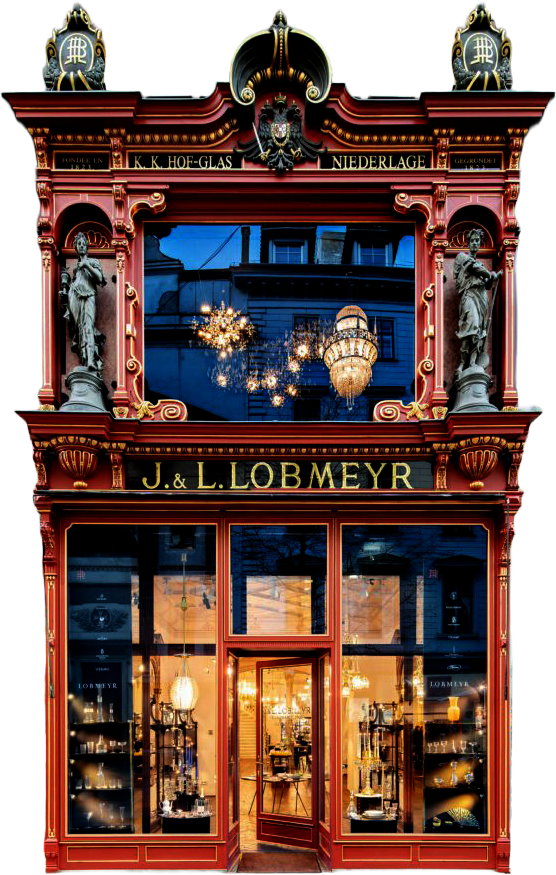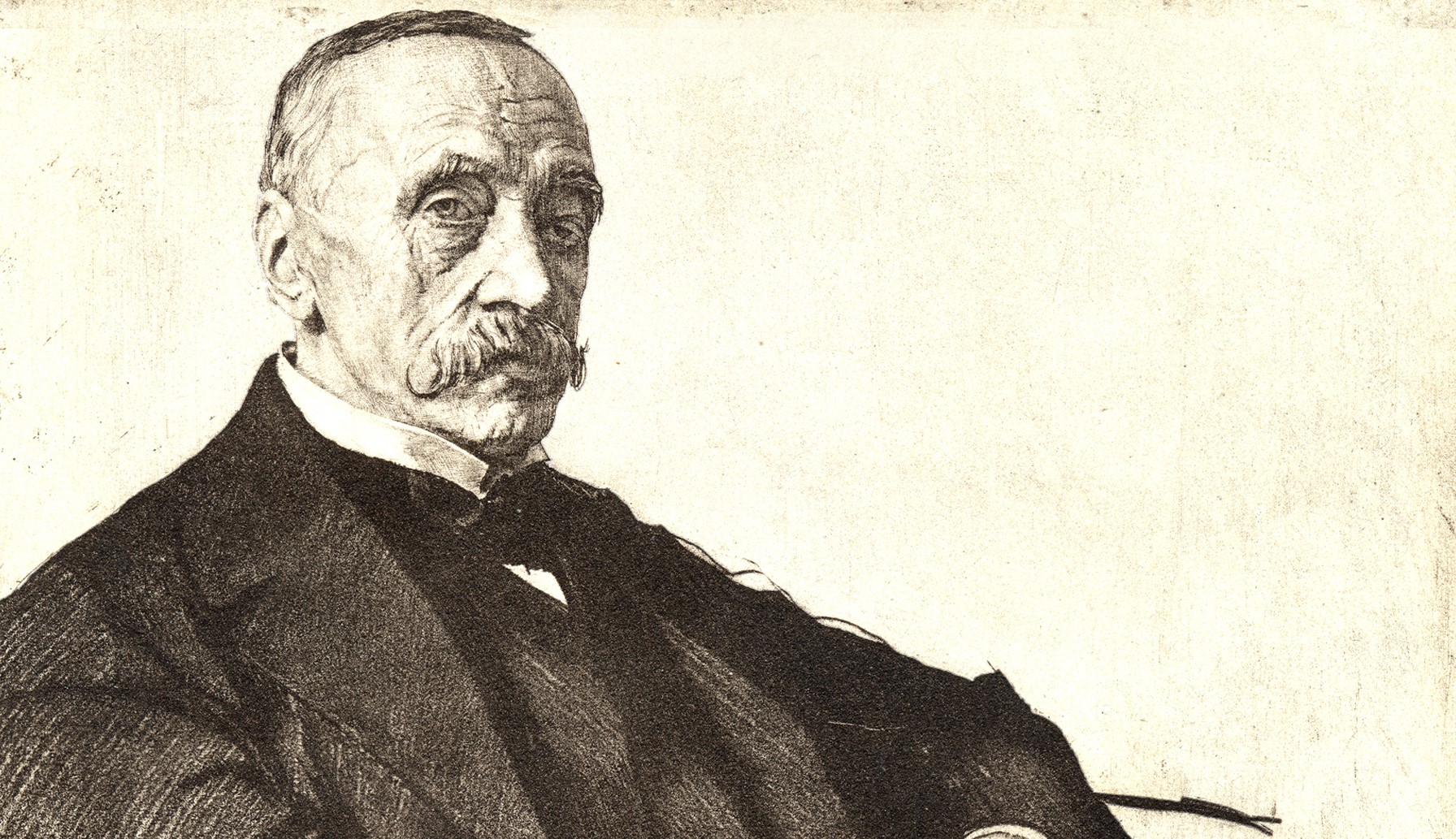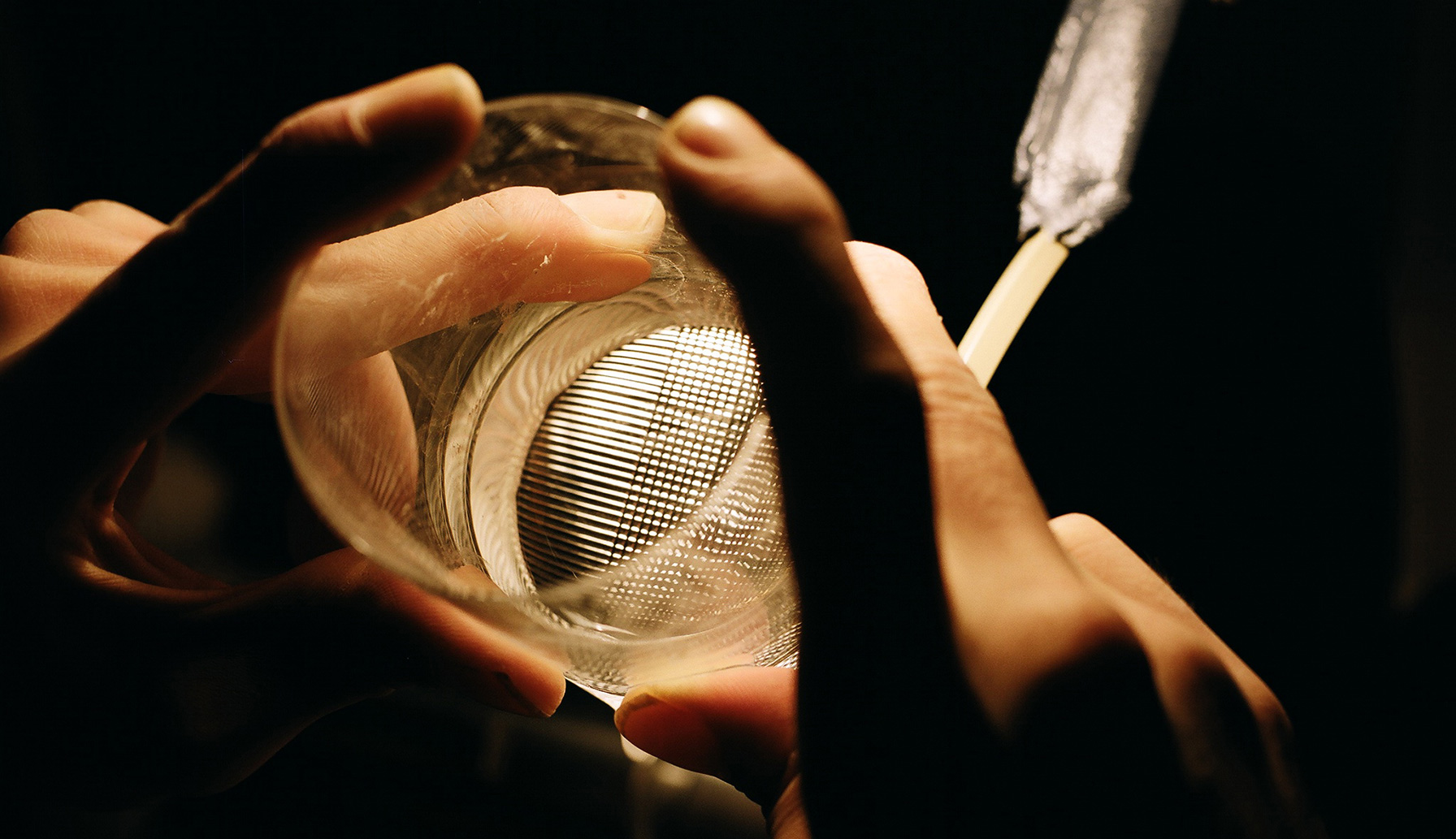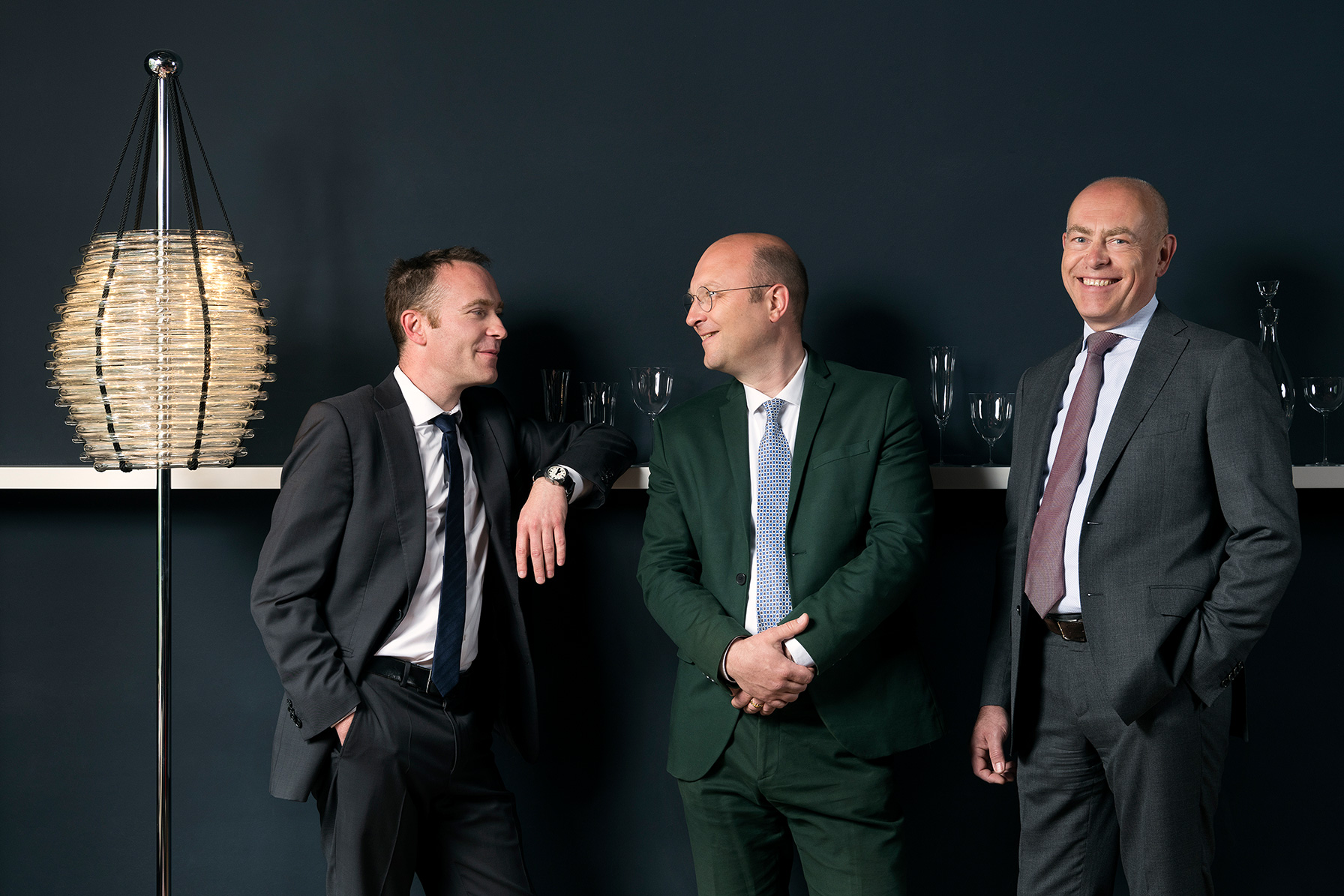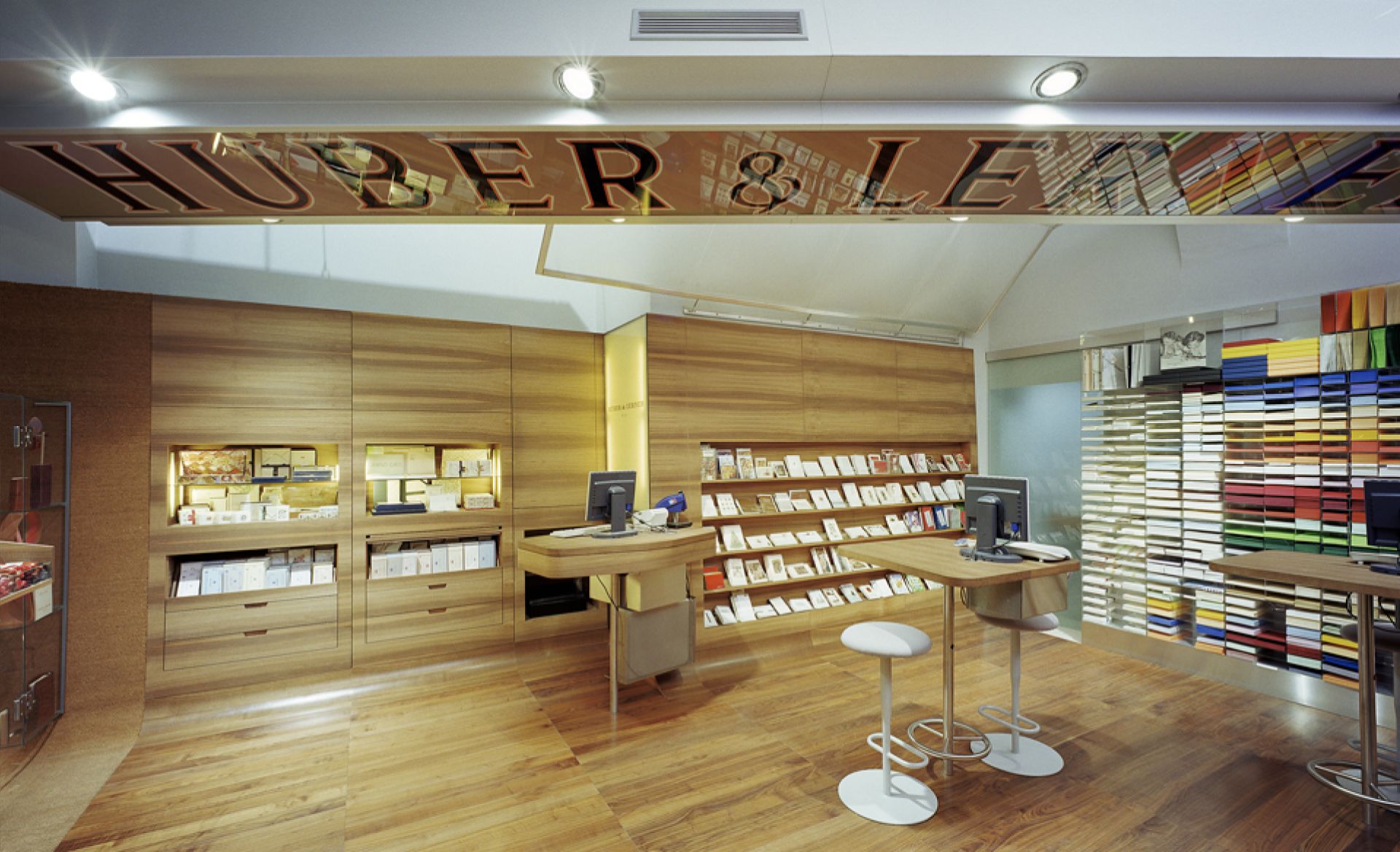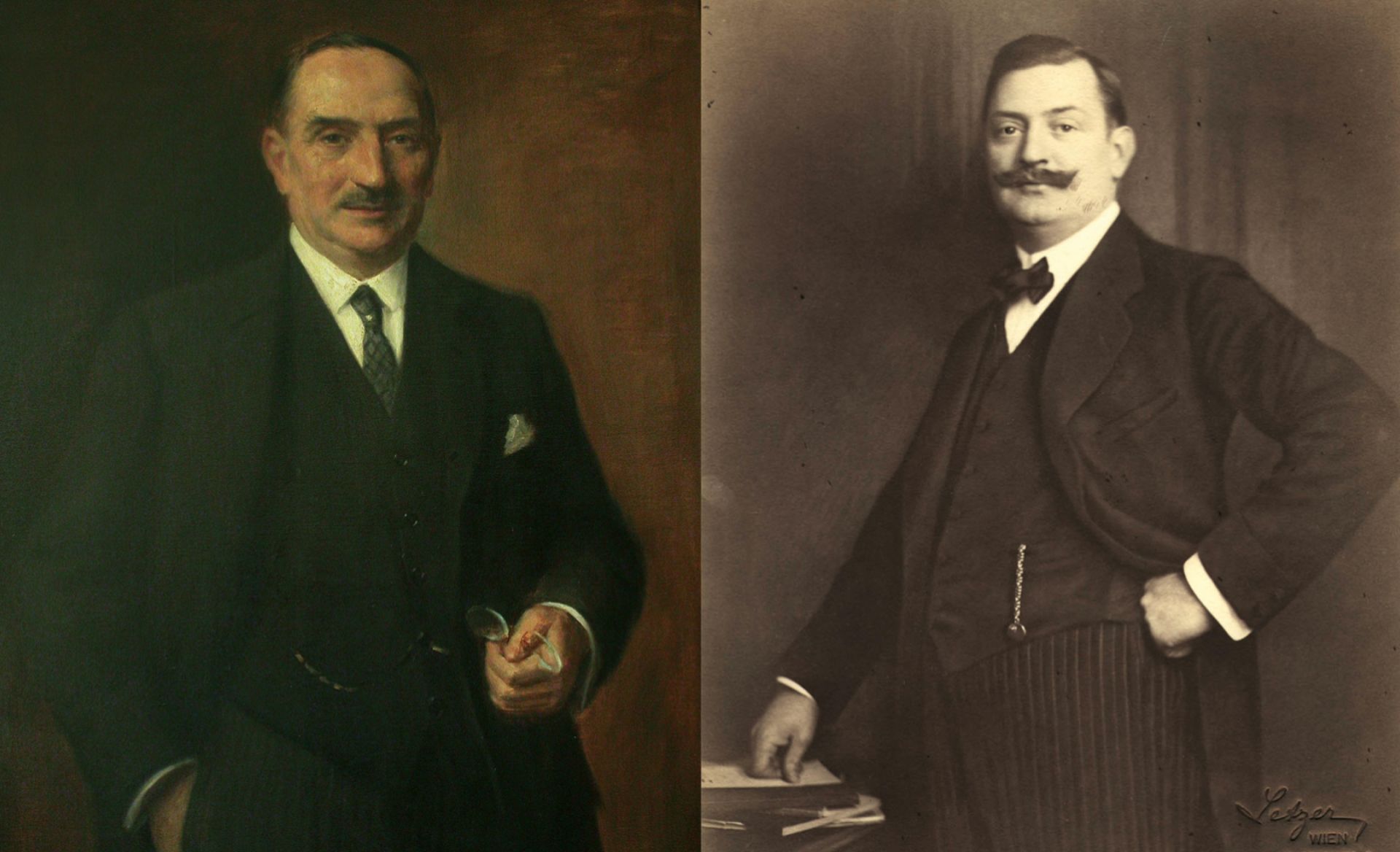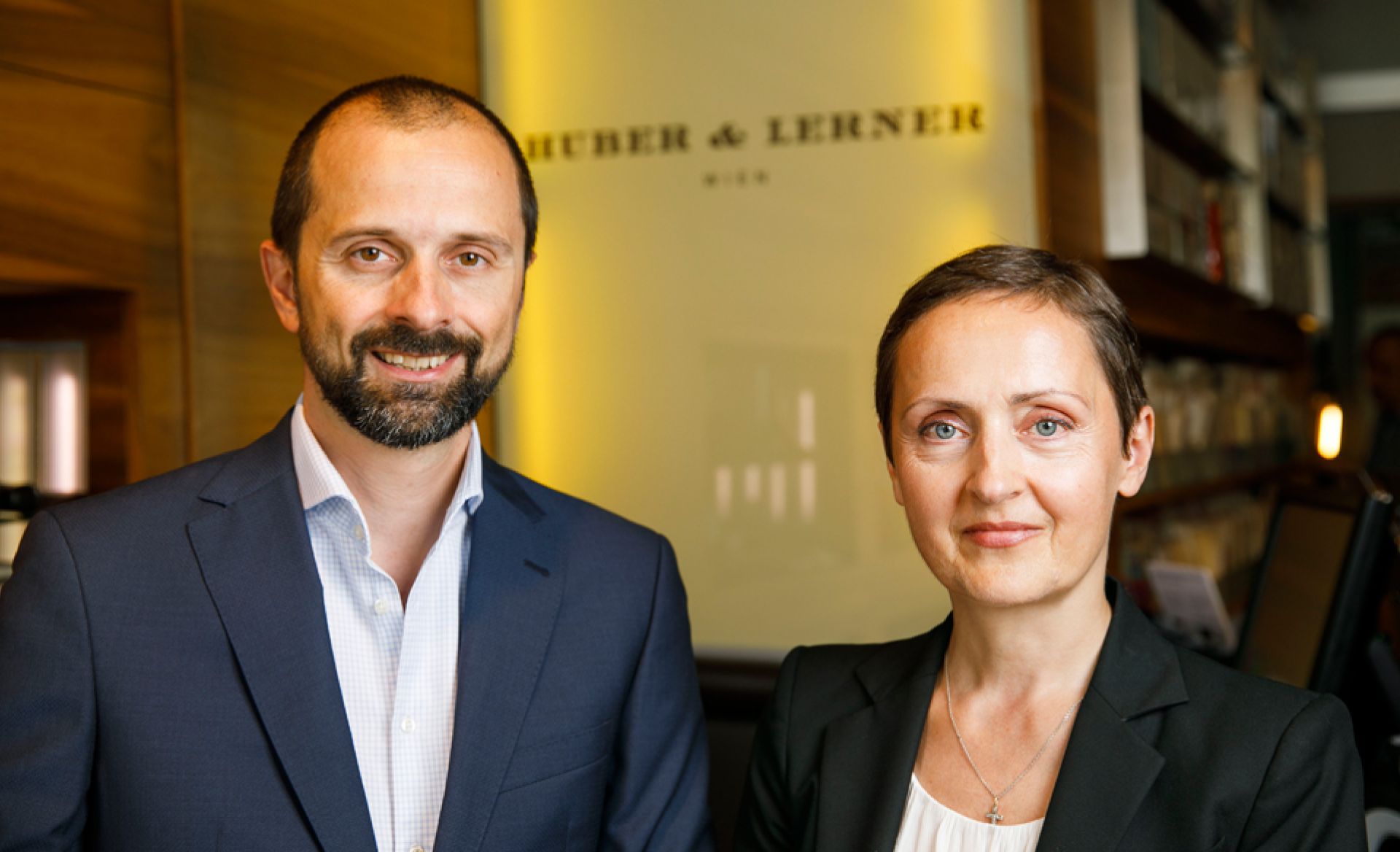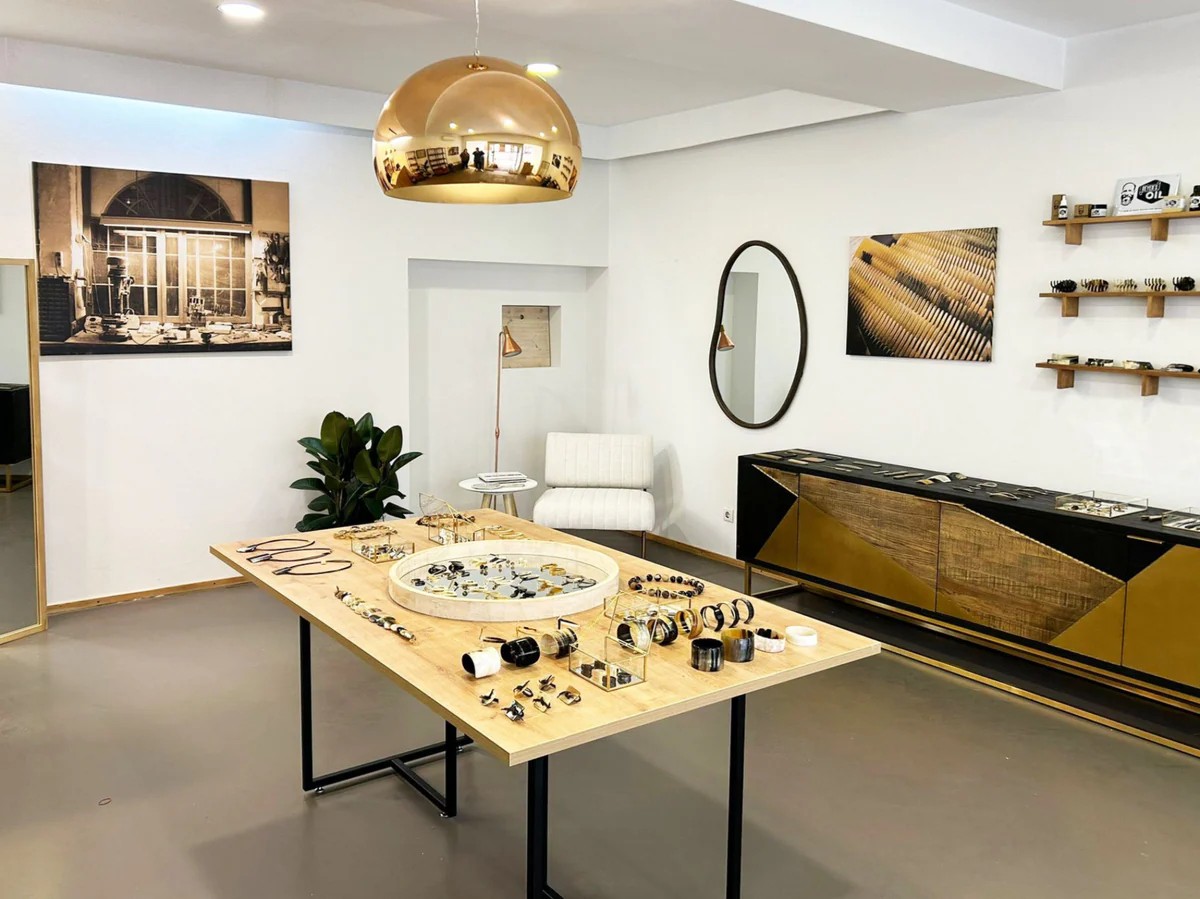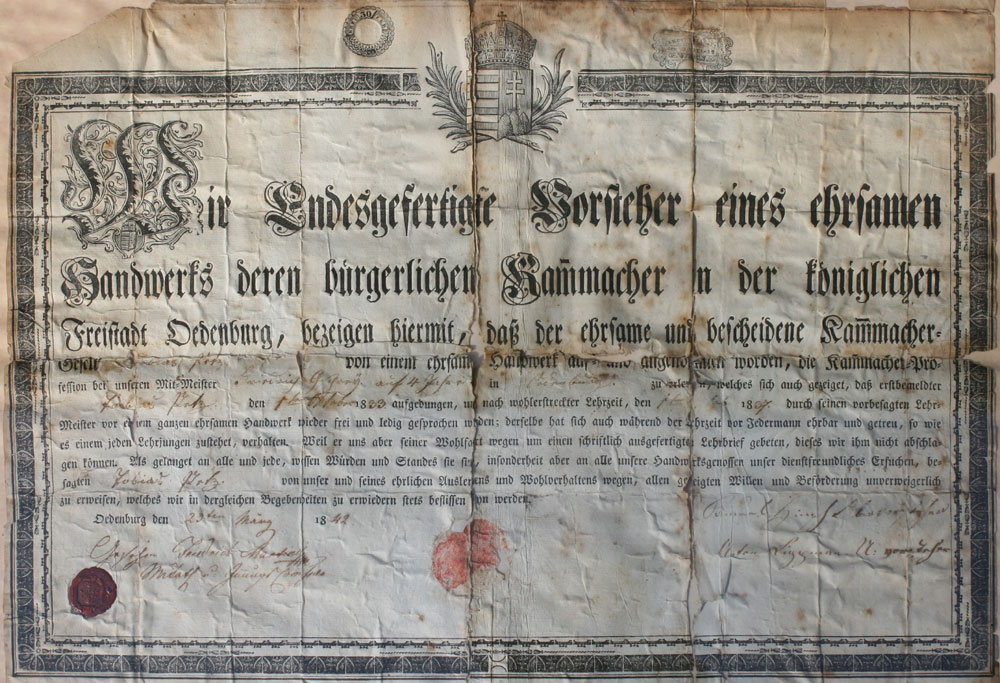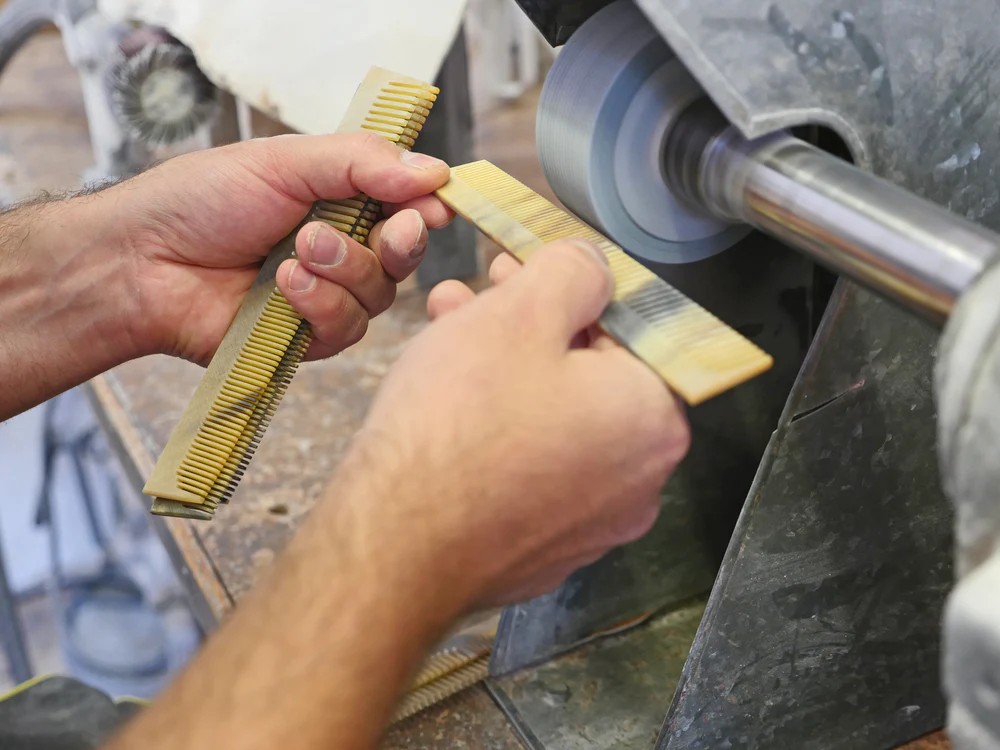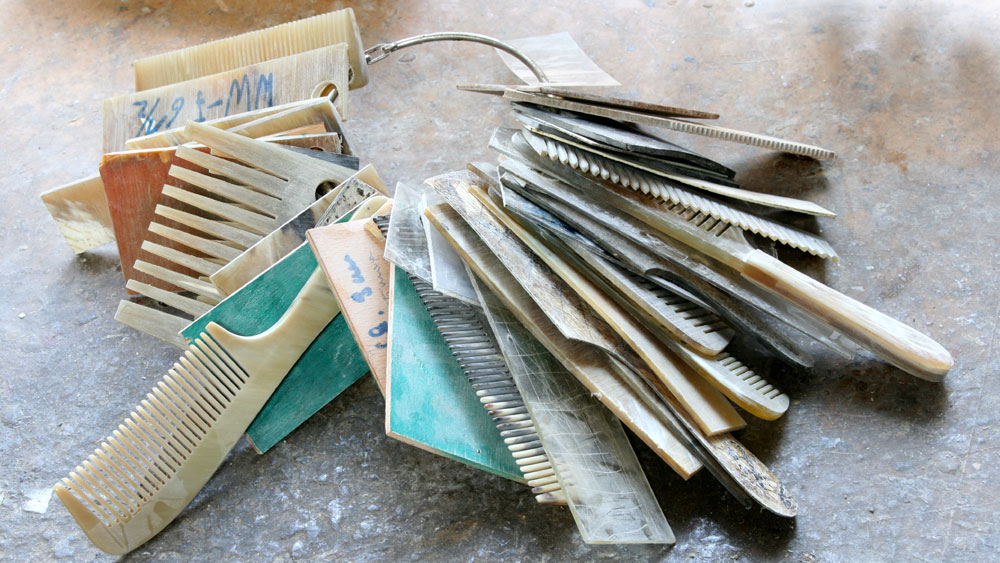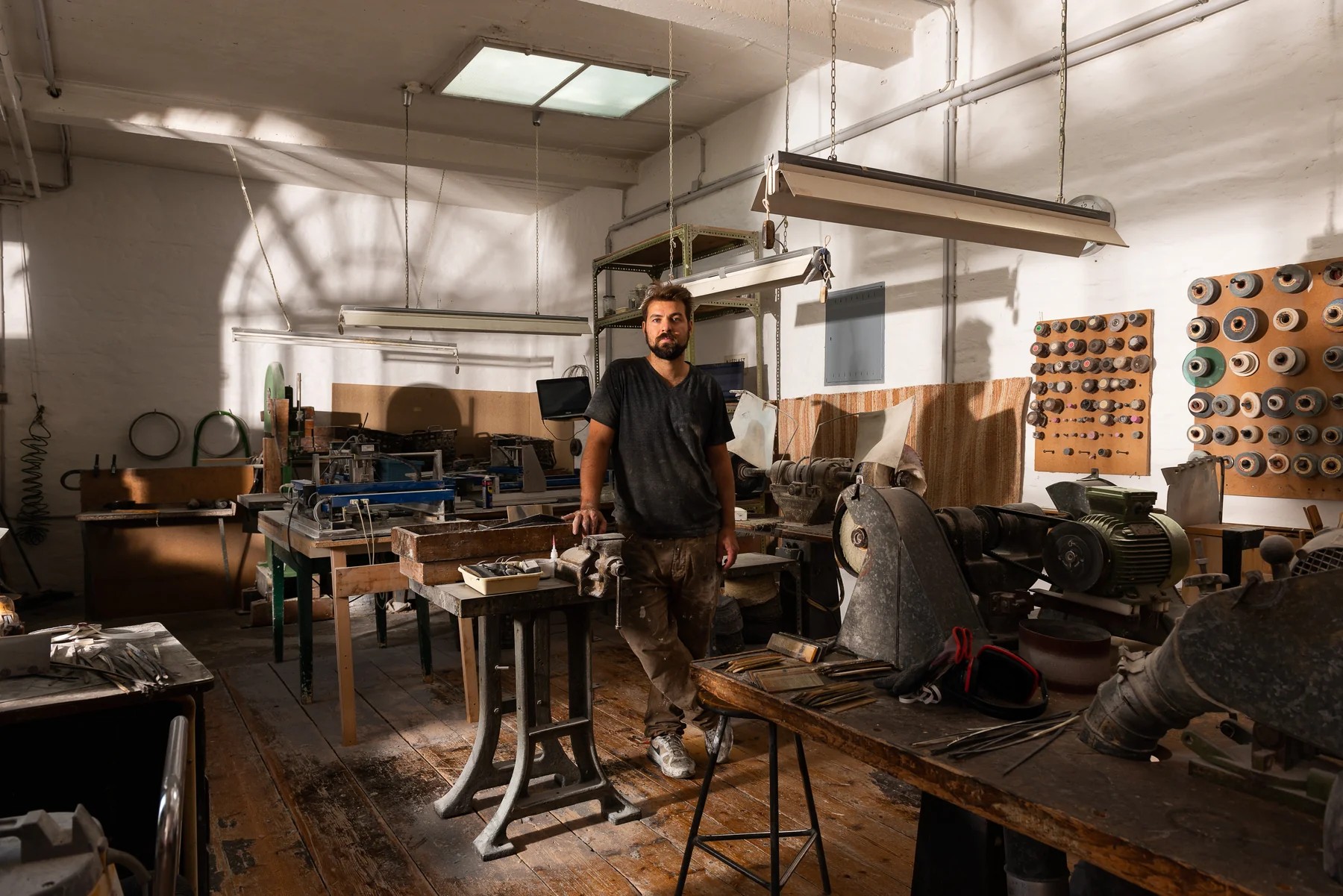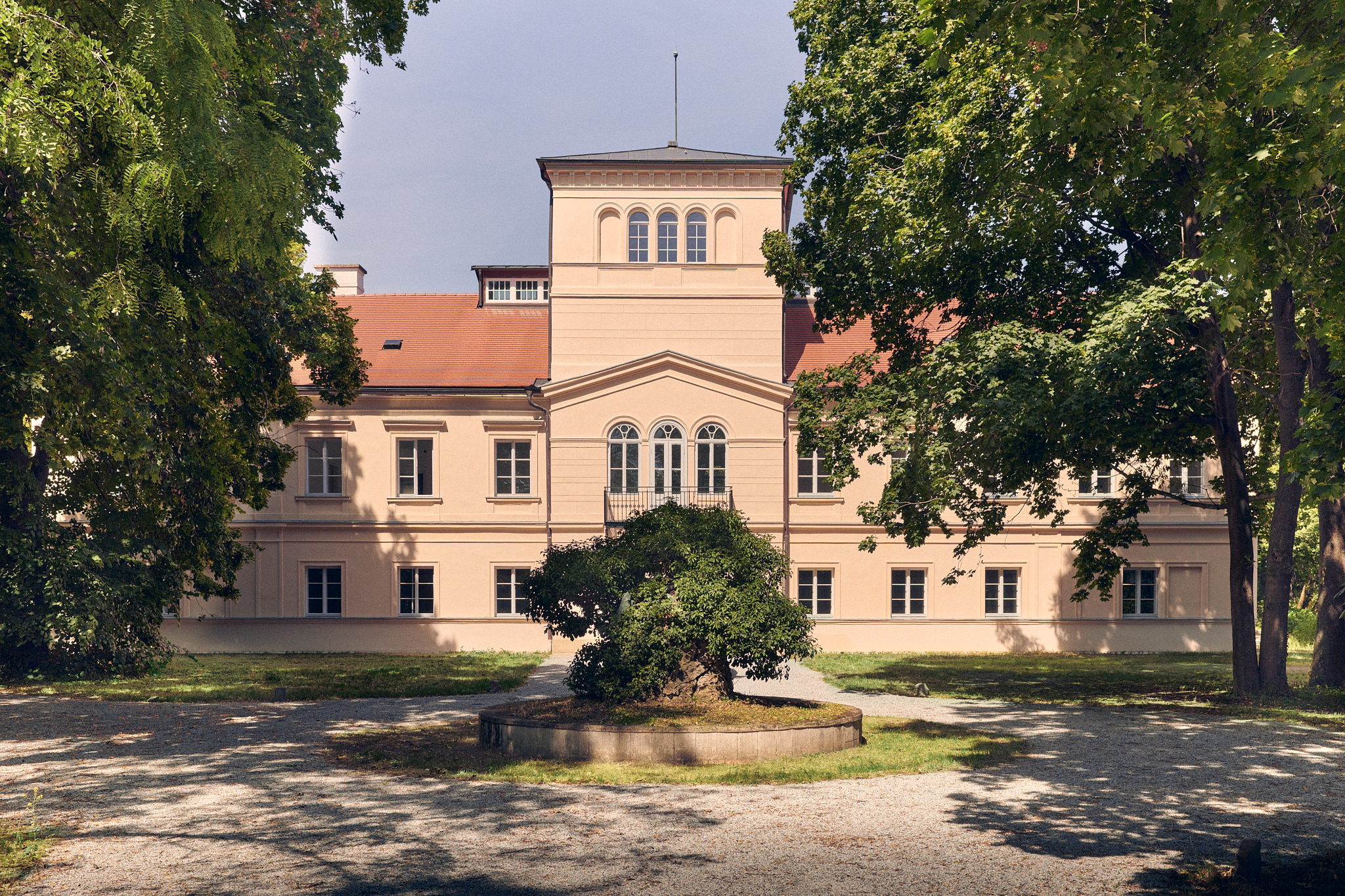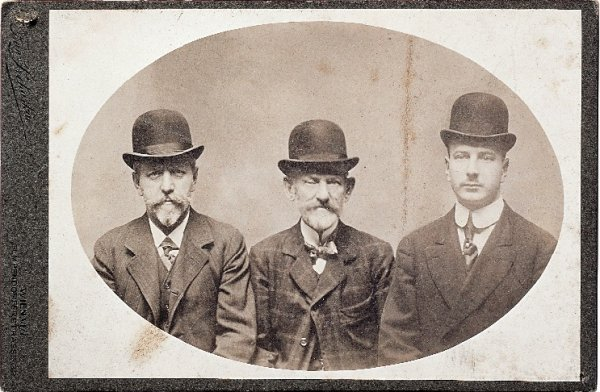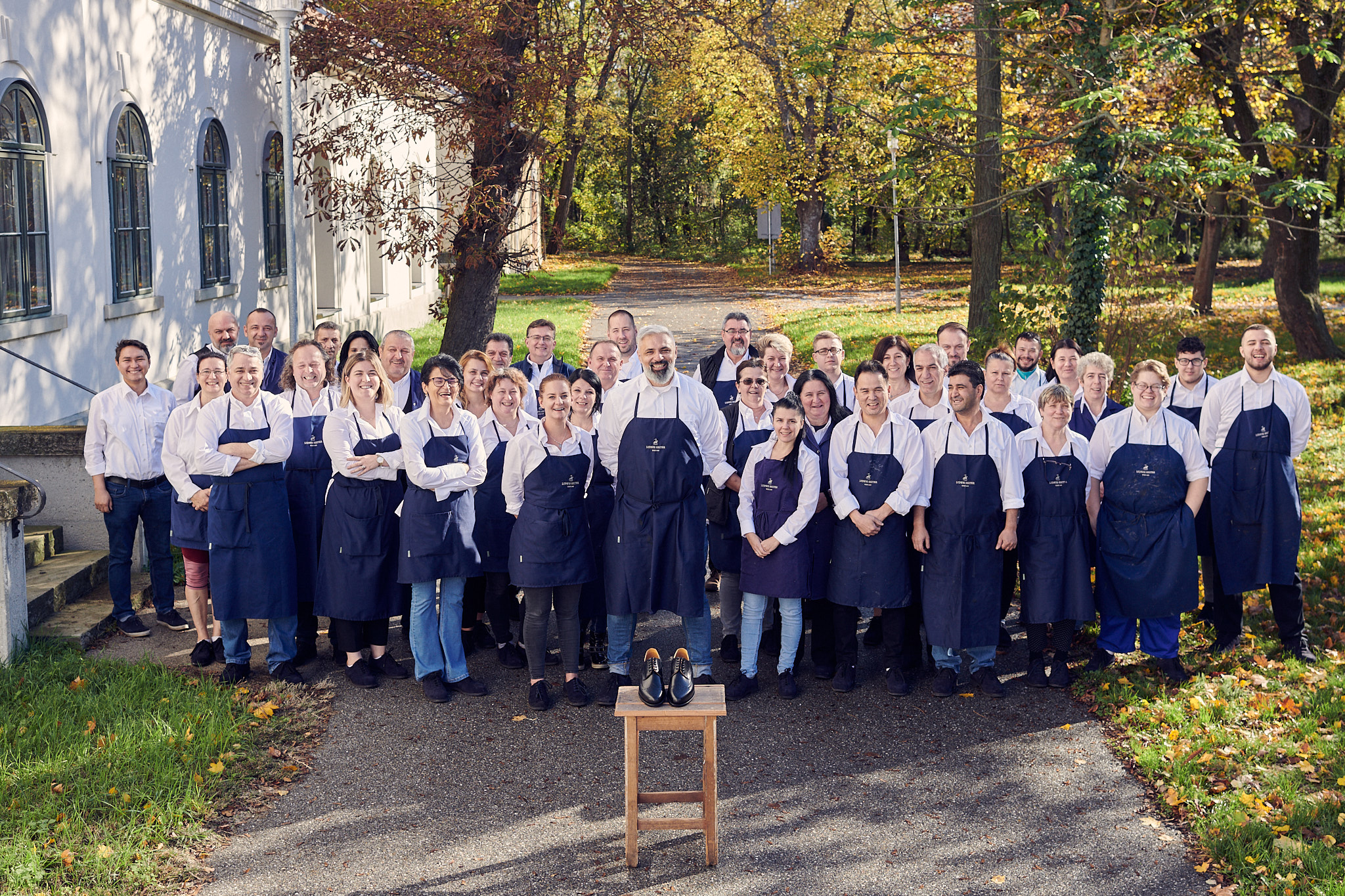Why Vienna
The Heartbeat of Bespoke Vienna
While my philosophy of authentic connection and exceptional craftsmanship resonates universally, the heart of Bespoke Vienna beats in a city steeped in incomparable heritage: Vienna. It's here that my journey began, and where the most profound expressions of artistry continue to thrive.
Vienna is far more than a beautiful city; it's a living museum of artistry and enterprise. With a business history stretching back over 18,000 years, this city has long been a center for innovation, creativity, and the pursuit of excellence. Amidst its historic streets and time-honored workshops, legendary artisans continue to uphold traditions passed down through generations, imbuing each creation with unique energy and a rich story. This profound dedication to heritage and craft is celebrated throughout the city, notably by establishments like the BoutiqueHOTEL Donauwalzer. Through their unique 'Wiener Originale' concept, the hotel has transformed its rooms into curated tributes to traditional Viennese businesses—from historic coffee houses and porcelain manufacturers to renowned hat makers and playing card producers. This allows guests to literally sleep amidst the city's living legacy, offering an immersive experience of Vienna's enduring spirit.
I've made it my mission to curate the very best of this Viennese craftsmanship. I seek out those master artisans who pour their heart and soul into their work, creating pieces of exceptional beauty and enduring quality for your elevated everyday. At Bespoke Vienna, I serve as a bridge between discerning individuals like you and the extraordinary Viennese creators who have been bringing visions to life long before you and I were born.
Through my discerning network, I am uniquely positioned to connect you with Vienna's finest artisans across a diverse range of disciplines, including the city's legendary hotel and culinary arts. This allows for the discovery of truly unique pieces, bespoke creations, or unforgettable experiences, whether you visit our beautiful city or indulge from afar.
